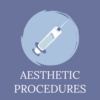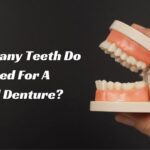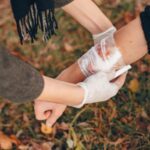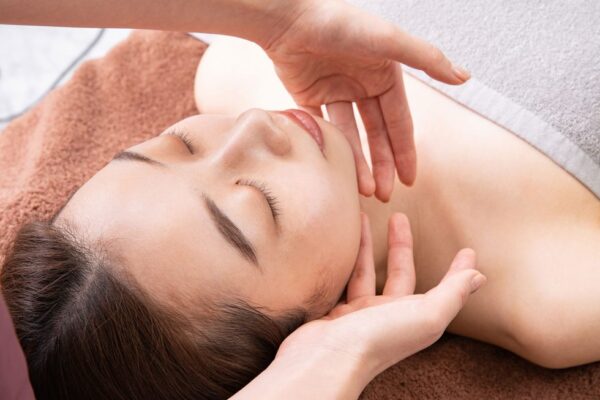How to tell if a wound is healing or infected? Yes, it is mandatory to know for you. Wounds are a common occurrence in our daily lives, whether from accidents, surgeries, or other injuries. Proper wound care is essential to ensure timely healing and prevent complications such as infections. But how do you know if a wound is healing as it should or if it’s becoming an infected wound? Understanding the signs and symptoms of both healing and infection is crucial for timely intervention and optimal recovery.
If you suspect that a wound is becoming infected, it’s essential to seek medical attention promptly. Delayed treatment can lead to complications and prolong the healing process. Additionally, individuals with certain medical conditions, such as diabetes or compromised immune systems, may be at higher risk of developing wound infections and should be especially vigilant. This article is for you to know how to tell if a wound is healing or infected. Also, this article is for you to understand how to know if a cut is infected.

The Difference Between Healing and Infection
Healing is the body’s natural response to injury or illness, aimed at restoring tissues to their normal state. It’s a complex process involving various mechanisms working harmoniously to repair damaged cells and tissues. At the core of healing lies inflammation, a protective response that helps isolate the injured area and initiate the repair process. Eventually, the damaged tissues are rebuilt, and the body returns to its pre-injury state. There are some characteristics of healing-
- The initial response to injury is characterized by redness, swelling, heat, and pain.
- The formation of new cells and tissues to replace damaged ones.
- The final stage where normal tissue function is restored, and inflammation subsides.
On the contrary, infection occurs when harmful pathogens, such as bacteria, viruses, fungi, or parasites, invade the body and disrupt its normal functions. How to tell if a wound is healing or infected? You can notice wound infection symptoms. The body’s immune system plays a pivotal role in combating these invaders by identifying and neutralizing them through a series of defense mechanisms. However, in some cases, pathogens can overwhelm the immune system, leading to prolonged illness and tissue damage. There are some characteristics of Infection-
- Microorganisms are capable of causing disease by invading the body.
- The body’s defense mechanism against foreign invaders, includes inflammation, fever, and the production of antibodies.
- Potential adverse effects of infection, range from mild symptoms to life-threatening conditions.
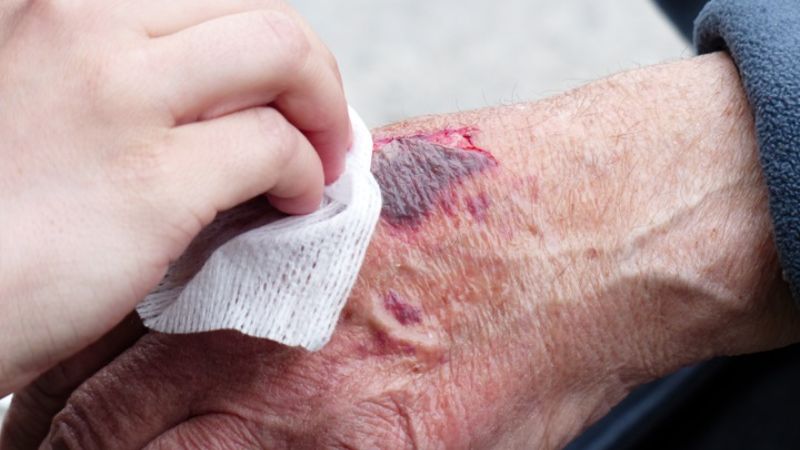
The Wound Healing Process
Wound healing can be broadly categorized into four overlapping phases: hemostasis, inflammation, proliferation, and remodeling.
- The first phase begins immediately after injury to control bleeding and initiates the repair process. It is called hemostasis. Blood vessels constrict to reduce blood flow, while platelets aggregate to form a clot, sealing the wound temporarily. This process is crucial in preventing excessive blood loss and provides a foundation for subsequent healing stages.
- Inflammation is the body’s natural response to injury, characterized by swelling, redness, warmth, and pain. During this phase, immune cells such as neutrophils and macrophages migrate to the wound site to eliminate pathogens, debris, and damaged cells. Additionally, these cells release growth factors and cytokines that promote tissue regeneration and initiate the next phase of healing.
- The proliferation phase is marked by the proliferation of various cell types essential for tissue repair. Fibroblasts migrate to the wound area and produce collagen, a structural protein that strengthens the wound and supports new tissue formation. Meanwhile, endothelial cells form new blood vessels (angiogenesis), facilitating oxygen and nutrient delivery to the healing tissue. Epithelial cells at the wound edges multiply and migrate to cover the wound surface, restoring the skin barrier.
- The final phase, remodeling, can last for months or even years, depending on the extent of the wound. During this stage, collagen fibers undergo reorganization and maturation, resulting in increased tissue strength and scar formation. While the scar may never fully resemble the original tissue, it gradually becomes less noticeable over time.

How to Tell If a Wound is Healing or Infected?
To discern how to tell if a wound is healing or infected, consider several key indicators.
Firstly, observe signs of infection wound. Healing wounds typically exhibit gradual closure, reduced redness, swelling, and discharge. Conversely, infected wounds may display worsening redness, swelling, warmth, and pus.
Secondly, monitor for signs of systemic infection like fever, chills, or increased pain.
Thirdly, assess the wound’s odor; foul smells often indicate infection. Additionally, pay attention to the wound’s duration; if it doesn’t show improvement within a reasonable timeframe, seek medical attention. Consult healthcare professionals for accurate diagnosis and appropriate treatment if unsure about the wound’s progression.
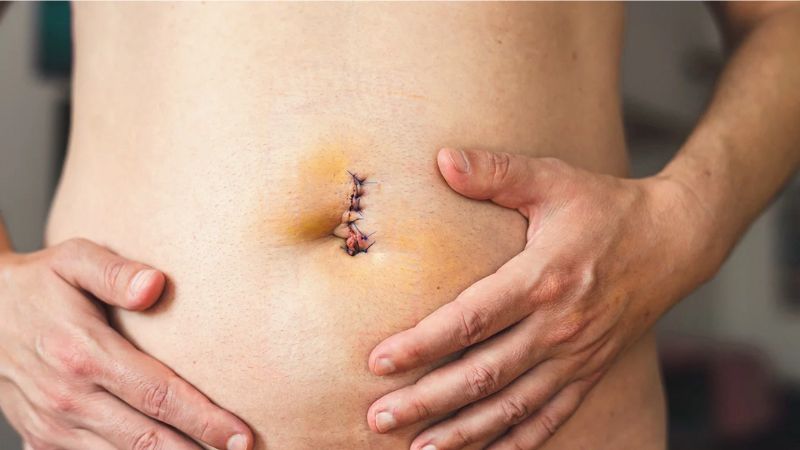
Signs of Wound Healing
Now you have a clear conception of how to tell if a wound is healing or infected. There are some signs which will help you to recognize the signs of a cut healing.
- As the wound heals, pain typically diminishes gradually.
- Inflammation causes swelling as fluid and immune cells accumulate at the wound site. As the inflammatory response resolves and tissue repair advances, swelling will gradually diminish.
- The presence of granulation tissue is a positive sign of wound healing, and scar healing stages indicate active tissue repair and angiogenesis. Granulation tissue appears as pink or red, moist tissue in the wound bed.
- Epithelialization involves the migration of epithelial cells across the wound surface to form a new epithelial layer. Signs of epithelialization include the gradual closure of the wound edges and the appearance of a thin, translucent layer of epithelial cells.
- What does a healing wound look like? Wound contraction refers to the reduction in wound size due to the contraction of myofibroblasts and the realignment of collagen fibers. As healing progresses, the wound edges may appear closer together.
- Scarring is an inevitable outcome of signs of a cut healing. It represents the final stage of tissue repair. Initially, scars may appear red, raised, and firm, but they tend to fade and flatten over time.
How to Heal a Wound That Won’t Close
Our bodies have an incredible ability to heal themselves. wounds closing up within days or weeks. It is crucial how to tell if a wound is healing or infected. When you are faced with a wound that won’t close, you can take the appropriate steps to facilitate healing and prevent complications.
1. Keep the Wound Clean
Proper wound care is essential for preventing infections and promoting healing. Clean the wound with mild soap and water daily or as directed by a healthcare professional. Gently pat the area dry and avoid using harsh chemicals or antiseptics.
2. Apply Topical Treatments
Depending on the type of wound, your healthcare provider may recommend applying topical treatments such as antibiotic ointments, silver dressings, or advanced wound care products.
3. Protect the Wound
Cover the wound with a sterile bandage or dressing to keep it clean and protected from further injury. Change the dressing regularly, especially if it becomes wet or soiled.
4. Promote Circulation
If poor circulation is contributing to delayed healing, take steps to improve blood flow to the wound site. Elevate the affected limb when possible, avoid tight clothing or bandages that restrict circulation, and engage in gentle exercise to promote blood flow.
5. Maintain a Healthy Lifestyle
Eat a balanced diet rich in vitamins, minerals, and protein to provide the body with the nutrients it needs for healing. Stay hydrated, quit smoking, and manage underlying health conditions effectively to optimize the healing process.
6. Seek Medical Attention
If a wound shows no signs of improvement or becomes increasingly painful, red, swollen, or oozing pus, seek medical attention promptly. Your healthcare provider may need to assess the wound and prescribe antibiotics.
7. Consider Advanced Therapies
In some cases, advanced wound care therapies may be necessary to stimulate healing. These may include techniques such as negative pressure wound therapy, hyperbaric oxygen therapy, or bioengineered skin substitutes.
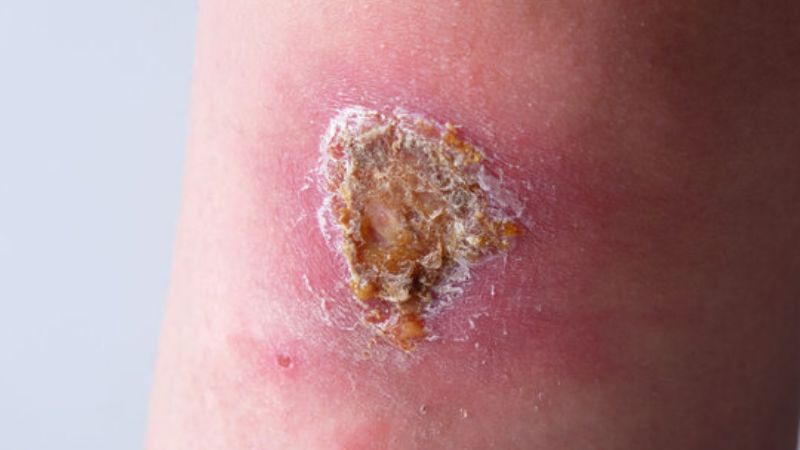
Signs of Wound is Infected
While our bodies are equipped with remarkable healing abilities, there are instances when wounds become infected, posing potential risks to our health if left untreated. Here are some signs that will help how to tell if a wound is healing or infected.
- Increased Pain or Discomfort
- Swelling and Redness
- Warmth to the Touch
- Pus or Discharge
- Foul Odor
- Fever or Chills
- Delayed Healing
- Increasing Tenderness
How to Avoid Wound Infection
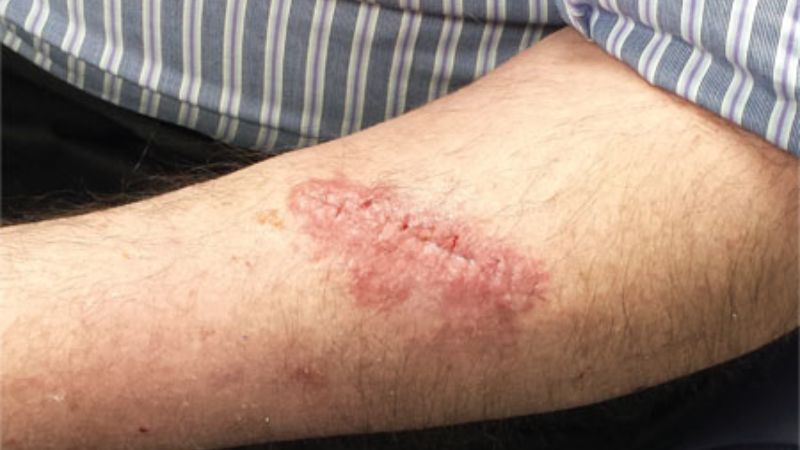
Let us know how can we avoid wound infection.
- Cleanliness is Key
One of the most crucial steps in preventing wound infections is to maintain proper cleanliness.
- Proper Wound Care
Follow the instructions provided by your healthcare provider for cleaning and dressing your wound.
- Monitor for Signs of Infection
It’s essential to keep an eye on the wound for any signs of infection.
- Avoid Moisture Build-Up
Moisture can create an ideal environment for bacteria to thrive, leading to infection.
- Practice Proper Wound Protection
Protect the wound from further injury or contamination by avoiding activities that could expose it to dirt, chemicals, or other contaminants.
- Maintain a Healthy Lifestyle
A healthy immune system is essential for fighting off infections and promoting healing.
- Follow Post-Surgery Instructions
If you’ve undergone surgery, follow your surgeon’s post-operative instructions carefully.
Factors That Increase Infection Risk
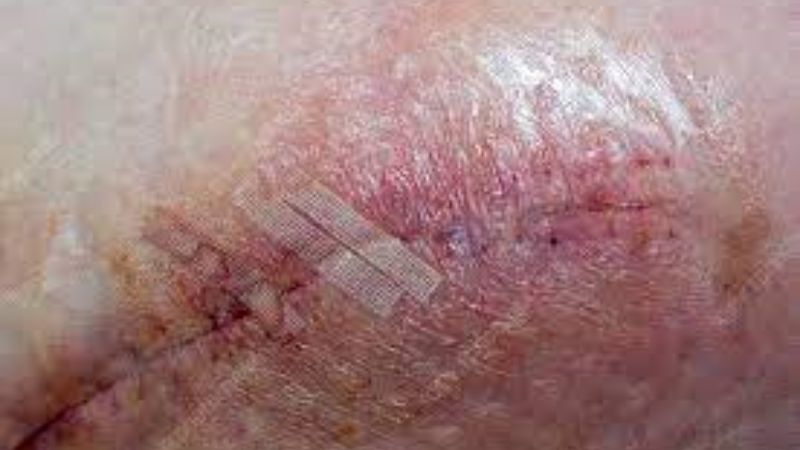
To know the factors of the increasing infection risk, you can follow the following instructions:
- The immune system plays a pivotal role in protecting the body from infections. Any compromise in its function can significantly increase infection risk.
- Age is a critical determinant of infection susceptibility.
- Chronic health conditions, such as diabetes, cardiovascular diseases, chronic respiratory illnesses, and kidney diseases, can weaken the body’s defenses against infections.
- Malnutrition, whether due to inadequate intake or poor absorption of nutrients, can impair immune function, making individuals more susceptible to infections. Deficiencies in key nutrients like vitamins A, C, D, and zinc can compromise immune responses and increase infection risk.
- Hygiene habits play a crucial role in preventing infections.
- Infectious diseases often spread through close contact with infected individuals.
- Travel and migration can contribute to the spread of infections by introducing novel pathogens to new populations or regions.
- Environmental conditions can influence the prevalence and transmission of infections.
- Certain behaviors can increase the likelihood of infection transmission.
- The emergence of antimicrobial resistance poses a significant threat to infection control efforts.
Conclusion
In conclusion, recognizing the signs of healing versus the signs of wound infection is crucial for effective treatment and prevention of complications. How to tell if a wound is healing or infected? By closely monitoring for symptoms such as redness, swelling, warmth, and discharge, individuals can promptly identify potential infections and seek appropriate medical attention. How long does it take for a cut to heal? understanding the stages of wound healing, including inflammation, proliferation, and maturation, aids in distinguishing normal progression from abnormal complications. Maintaining these steps and then taking proper care helps quick recovery. Timely intervention, proper wound care, and adherence to medical advice are essential for facilitating healing and minimizing the risk of infection. Ultimately, awareness and vigilance empower individuals to participate in their healing journey and promote optimal recovery actively.
